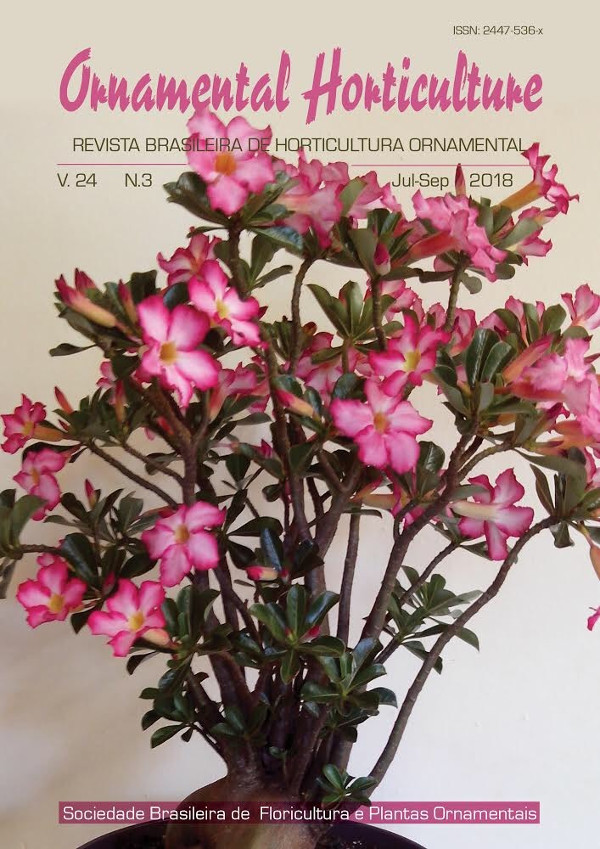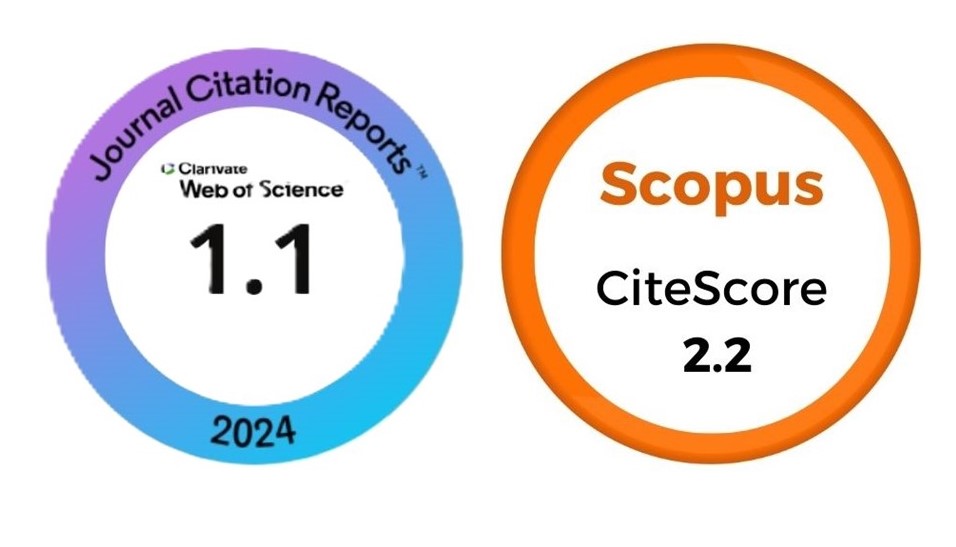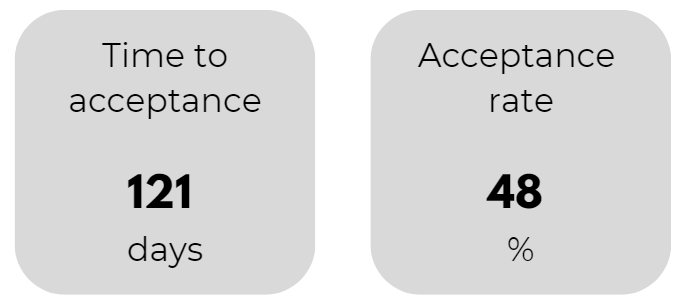Application of soil amendments and their effect in the growth of heliconia
DOI:
https://doi.org/10.14295/oh.v24i3.1252Keywords:
Tropical flowers, agroecological practices, biol, superabsorbent polymers.Abstract
The Heliconias have a great potential as a cut flower and for this reason an adequate management of the crop is important. The objective of this research was the application of soil amendments (Biol and superabsorbent polymers - SAP) and the analysis on their effect in the growth of Heliconia psittacorum cv. Tropica. An experiment was established using a completely randomized design with four treatments and five repetitions: SAP (1 g plant-1), biol (20 mL plant-1) + SAP (1 g plant-1), biol (20 mL plant-1) and one control (without application). A 20 cm rhizome was planted per pot and were evaluated the height of the plant, the number of leaves, the leaf area and the number of shoots were measured. The analysis of variance did not show statistical differences (p ≤ 0.05) between treatments for the variables of the height of the plant, the leaf area and the number of shoots, but statistical differences were found for the variable number of leaves (p ≤ 0.05), and the best treatments were Biol, SAP, and Biol + SAP. With the application of the biol and SAP amendments, it was not possible to increase the plant height, the leaf area and the number of Heliconia shoots. Regarding the application of SAP to the not found significant results in Heliconia, it is expected that treatments with SAP show a better effect in the dry season.








